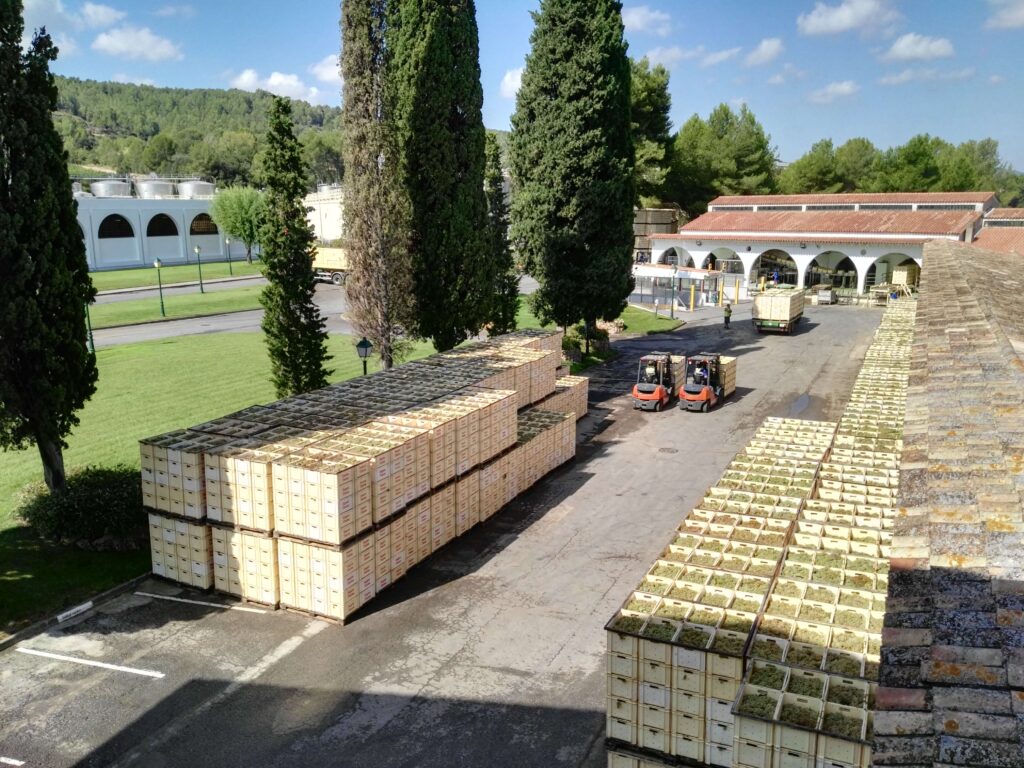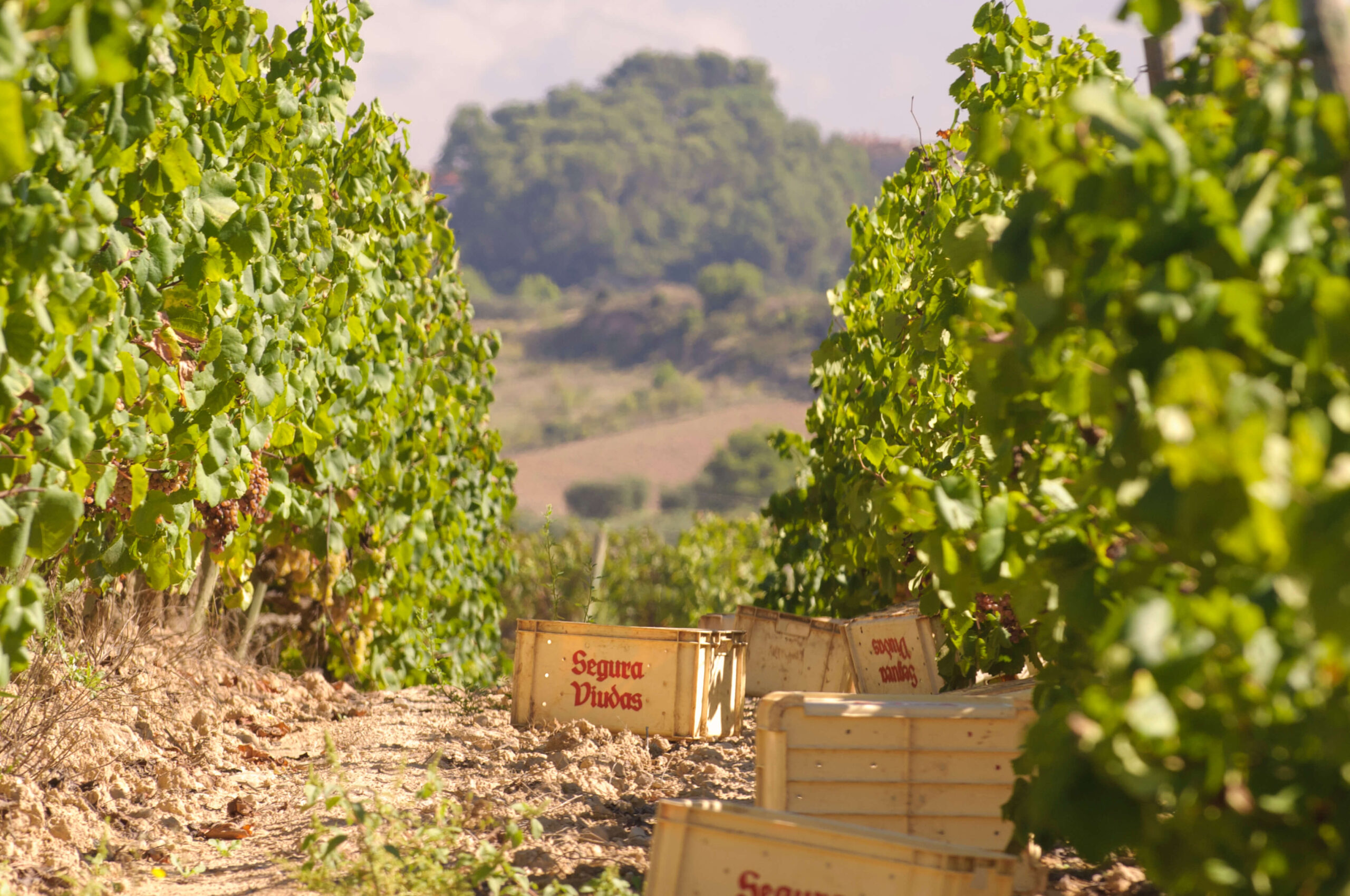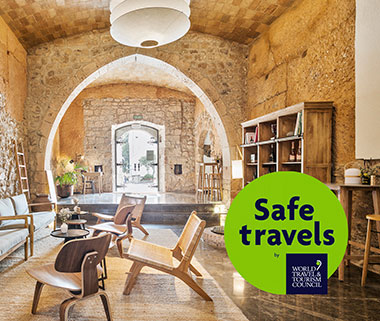This news belong to
Cavas and wines
News
Steps for making wine
The Harvest
The grape harvest traditionally takes place in Spain between the months of September and October. In recent years in Segura Viudas we have observed that the harvest is brought forward to August due to the increase in temperatures. The exact moment of its collection will be that in which the grape shows an ideal state of maturation, since only then can a quality wine be extracted from it. The level of sugar that the grapes present is particularly important, since the subsequent fermentation and alcohol level that the wine will present depend on it. Once the best bunches have been selected, their processing begins. Segura Viudas wines are made from the best quality grapes.
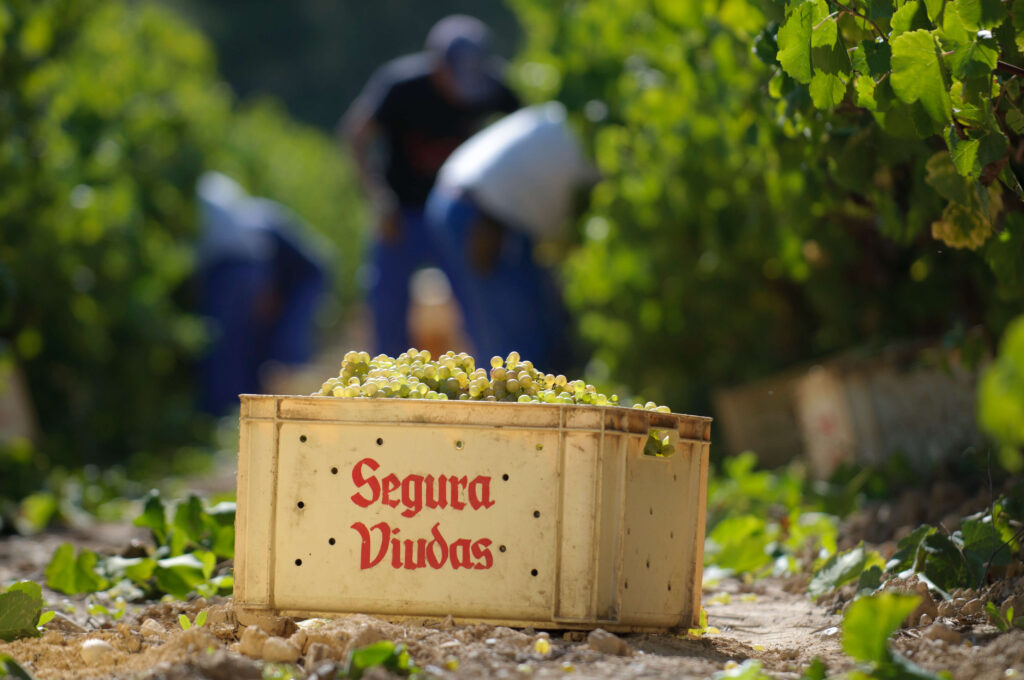
Destemming
It is usually the first process done in the winery and consists of removing the grape berries from the stems. The goal is to minimize the amount of astringent tannins that stems can add to wine.
Crushing
Once the cluster has been destemmed, we pass the grape grains through a crushing machine. The purpose of this process is to break the skin of the grape. In this way we extract a large part of the must from inside the fruit, which will facilitate the following maceration process, since the must will have greater contact with the skins. At Segura Viudas, crushing is a gentle process that only breaks the skin, since otherwise we could add unwanted bitterness from the grape seeds.
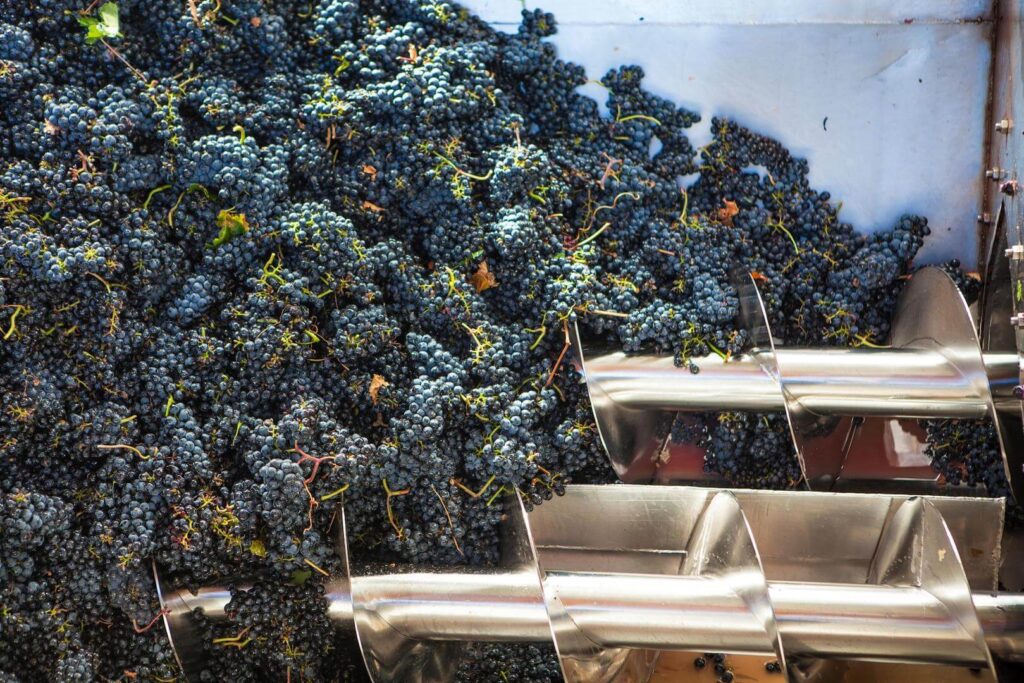
Maceration, fermentation and devatting
Maceration is a process that lasts between one and four weeks and consists of putting the must and the skins of the grapes in contact in order to extract the colour, aromas, etc., which the skins contain. The remontage or pump-over is a technique used to bring these two phases into contact. It consists of removing the liquid part, taking it out through the lower part of the tank and wetting the skin through the upper part.
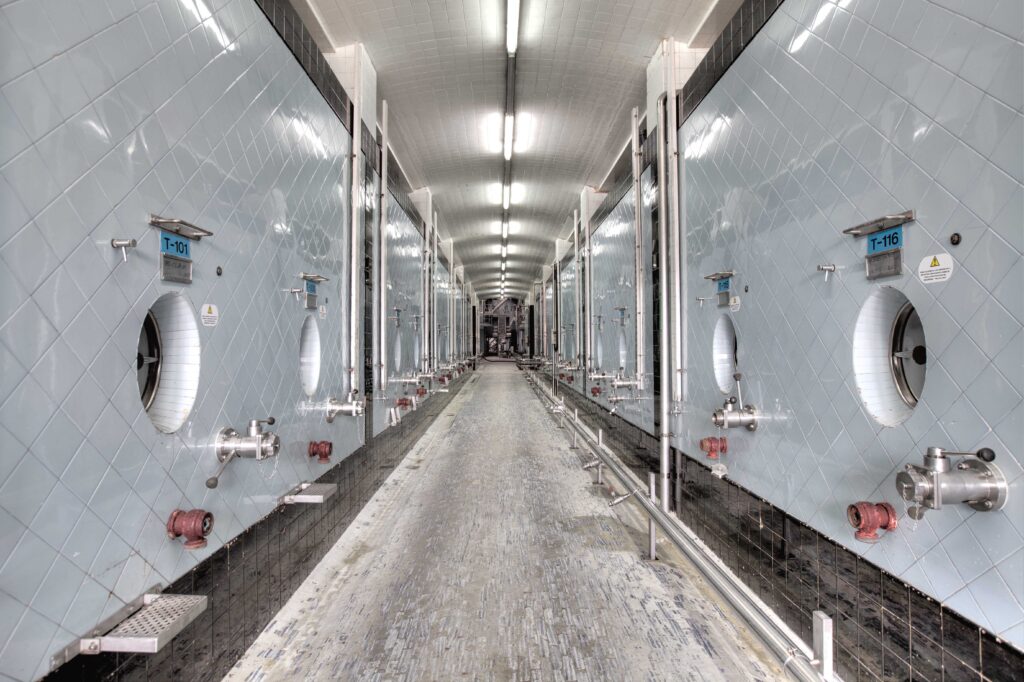
During maceration, alcoholic fermentation occurs, by which the sugar in the fruit is converted into alcohol thanks to the presence of yeasts. At this stage we control that the temperature does not exceed 30ºC to prevent the process from being too aggressive.
Once the fermentation of the sugars is finished, we proceed to devatting. This process consists of extracting the liquid part, which we call flower wine, and the skins, which we will take to press.
Pressing
The solid product of fermentation still contains large amounts of wine, so it is subjected to pressing to extract all the liquid, obtaining press wine, rich in aromas and tannins, which is not mixed with that obtained during devatting or flower must. At Segura Viudas, these two wines will be used to make different products, reserving the flower must for our most premium wines. The solid remains that result from pressing are used as a by-product in the production of hard-liquor and other products.
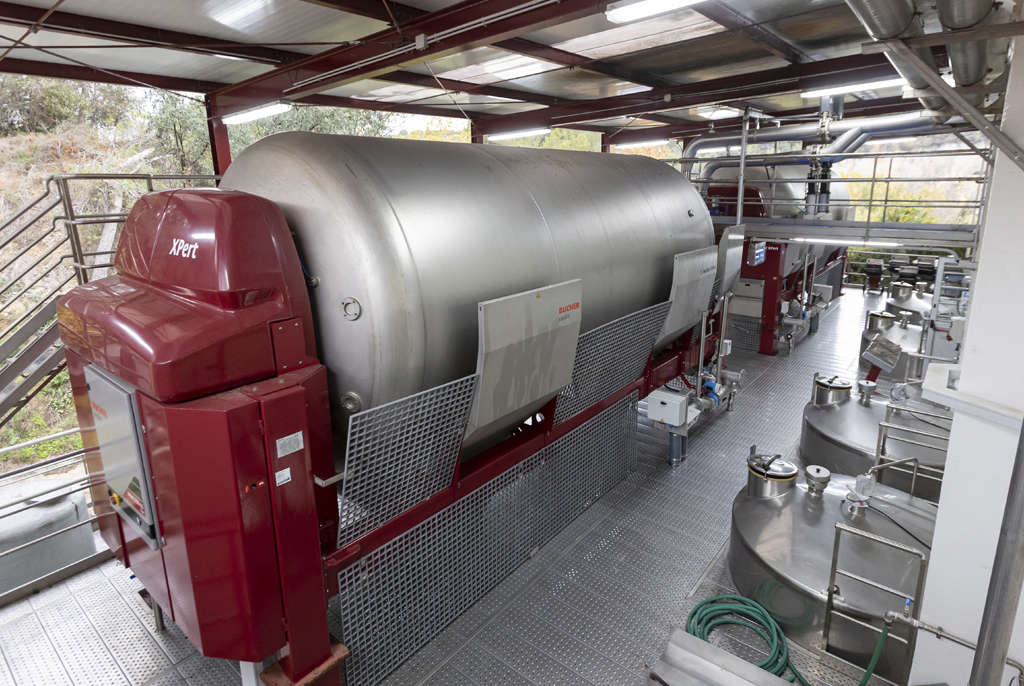
Malolactic fermentation
It is a second fermentation to which we subject the wine to transform malic acid into lactic acid. It takes place spontaneously by the same bacteria present in the grape, but the temperature conditions and duration must be controlled. This step is very important because malic acid has a higher level of acidity than lactic acid. For this reason, when this fermentation ends, the Segura Viudas red wine acquires a more balanced flavour and is less astringent on the palate.
Aging
It is one of the most representative stages of red wine production in our winery, as the wine is left to age in wooden barrels that have been previously toasted. The type of wood, the level of toasting it has and the aging time will continue to modify the notes until the final result is found. During aging, a process called racking takes place, which consists of transferring the wine from one barrel to another to air it and eliminate residue.
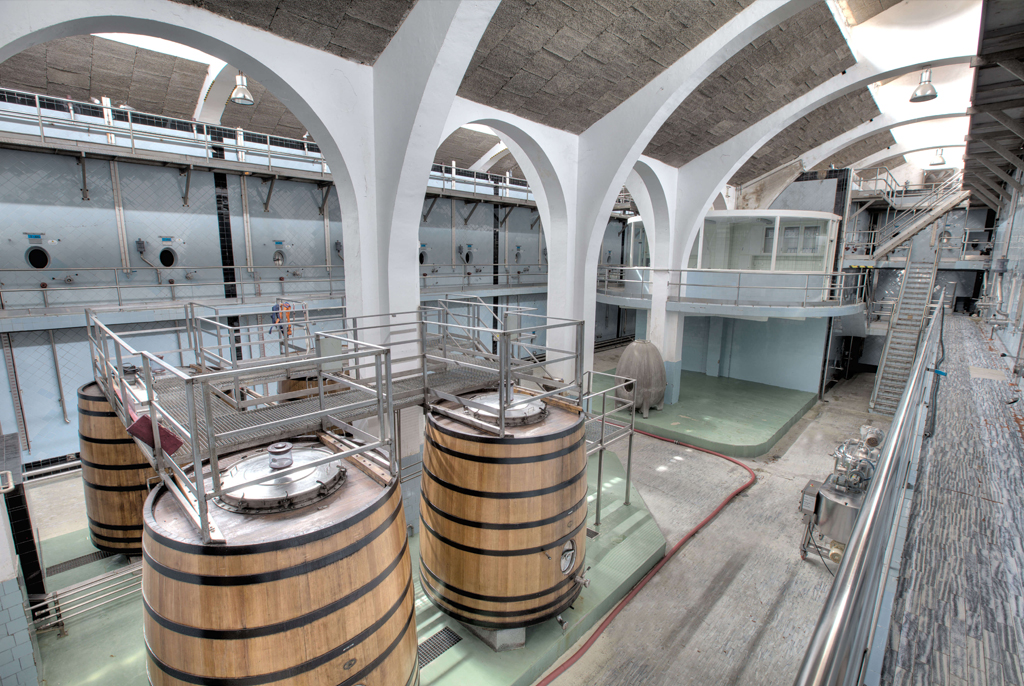
Bottling
It is the final step, when the wine is introduced into the bottles in which it will be released on the market duly labeled and with the elegant presentation that characterizes Segura Viudas wines. With young wines, marketing is carried out immediately, but the rest will still have a period of rest called aging. Here the oxygen that penetrates through the cork will continue to subtly modify its properties until the moment of its consumption.
